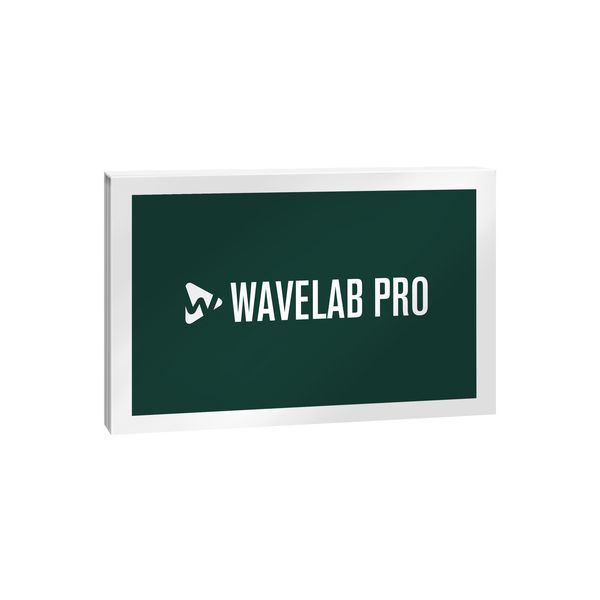
LUFS uses filtering so that their measurement reflects the frequency response of the typical human ear, and it samples the signal over different time scales.
STEINBERG WAVELAB ELEMENTS HOW TO USE A MUSIC BOX FULL
These days, computers have made possible a different way of measuring perceived loudness, known as LU, or Loudness Units when applied to a standardised scale, this is known as LUFS (Loudness Unit Full Scale). RMS can also be subtracted from PPM to give a reading of the short-term dynamic behaviour of a signal – this is often referred to as the ‘crest’ or ‘crest factor’ of a signal, and can be very useful when comparing and matching the dynamics of different components of a montage. RMS, on the other hand, averages the PPM measurement over around 0.5s to 1s, which gives an accurate readout that bares some relation to how we perceive loudness. average) meters are better suited to this: A VU meter’s slow, damped response is a good match for the way our ears perceive volume changes, but it can’t give an accurate absolute measurement and has to be calibrated to the material being worked on. VU (Volume Unit) and RMS (Root Mean Squared, I.E. PPM (Peak Program Metering) measures the instantaneous signal level, and is sensitive to the transient peaks that we can’t hear but that could wreck a recording if allowed to clip it’s very poor at indicating the perceived loudness of a signal, though. There are various forms of metering – VU, PPM, RMS and LUFS are the main ones you’ll come across – and in mastering you need all of these. Consequently, one of the most important parts of any audio signal chain is metering. The human ear can only hear sounds that fall within a distinctly limited frequency range of around 20Hz to around 20kHz, but we’re also fairly insensitive to variations in volume: we don’t hear the short-lived transients and peaks that limit the amount of gain we can add to a signal, instead perceiving loudness from longer-term signal levels and we are much more sensitive to differences in loudness in the mid-range of our hearing’s spectrum than in the lower or higher registers. But we always talk about trusting our ears in the studio, so why should meters be so important?

Metering is of vital importance in mastering, a fact reflected in the amount of WaveLab’s toolset that is dedicated to the task.

Whilst many aspects of audio mastering have been thought of as ‘dark arts’ in the past – coming easily to the experienced mastering engineer but that are exceptionally difficult to pin down for the uninitiated – metering is much more definable, albeit quite varied. Montages can contain multiple tracks too, with each individual clip retaining the ability to have its own processing chain, which is just the ticket for stem mastering. Realtime processing can be applied per-clip, per-track, per-montage (montages can be nested within montages), and across the overall master output.

Collections or albums of songs – referred to in WaveLab-speak and from here-on as ‘montages’ – can be laid out, mastered and written to various output formats, including being written directly to audio CD.


 0 kommentar(er)
0 kommentar(er)
